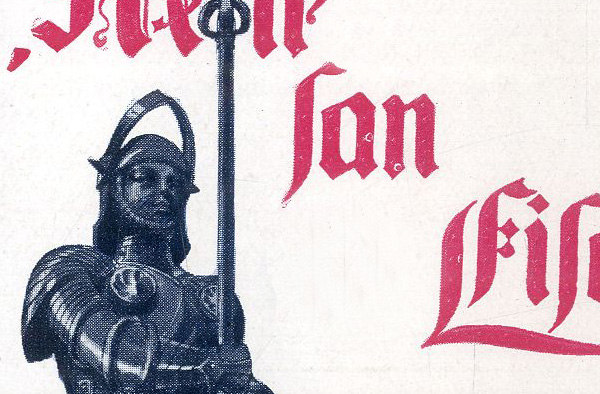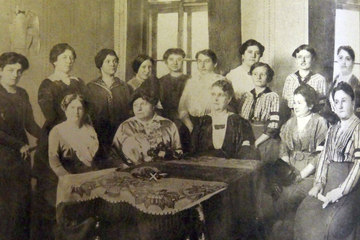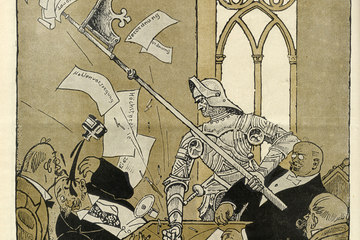Alfred Pfoser
“The Dying City”
Starting the war was easy. But ending the war seemed to be an impossibility. The population no longer wished to hear anything about the war after the “Swedish Turnip Winter” of 1916/17. The Imperial Capital and Residence sank into a vortex of apathy and aggression, dirt and social ignominy.
Tenancy protection
Astonishing but imperative as a consequence of the war: the Christian Social municipal government had to assert tenancy protection against its own clientele, the house owners. Tenancy protection was not the only social achievement to be continued by “Das Rote Wien” – Red Vienna.
State, communal and voluntary welfare
Society was programmed to expect a short campaign but not an enduring war. The social agenda became more and more urgent. The war marked the dawn of the modern social state.
“Approvisionierung”
Provisioning with food and energy, the so-called “Approvisionierung”, was the Achilles heel of the city in the dramatic years 1914 to 1918. Vienna was condemned to suffer hunger and cold. The picture of hundreds of thousands queuing became the symbol of the age.
Yet again capital of the Monarchy: a larger population, more tasks, more bureaucracy, fewer resources
Vienna was bigger than ever before during the First World War and never as big later. There were no censuses held during the war, so there are no secured statistics to analyse, but numerous indications show that the population must have risen to more than 2.4 millions.
The political system: The “Obmänner”conference and the municipal council
According to the Viennese constitution this institution of the “Obmännerkonferenz” – “conference of chairmen” – did not exist. But it proved to be a cunning strategic instrument for Mayor Weiskirchner; it provided for “Burgfrieden” – a political truce among the parties – and secured continuity in politics and administration even after the collapse of the monarchy.
Wartime Mayor Richard Weiskirchner
The Christian-Social mayor appointed in the four-curial electoral system was noted as a pragmatic politician. For a long time he believed he could guide the great new awakening, but in fact had to administer to decline and collapse.








